

Max Davies
5 Days Ago
Hyundai's Sydney headquarters is getting a new, more state-of-the-art hydrogen refueller as it doubles down on FCEV tech.

Senior Contributor


Senior Contributor
Hyundai Australia has committed to housing a new green hydrogen refueller at its Sydney headquarters, as it doubles down on fuel-cell drivetrains as a part of its future product mix.
The $1.7 million setup will be made in partnership with Australian gas technology company ENGV, which like many companies in this sector is pivoting to hydrogen as one potential way to future-proof itself in a lower-emissions environment.
Hyundai has selected US-based PDC Machines and IVYS Energy Solutions to supply the hydrogen refuelling station, known as the SimpleFuelFast, with ENGV responsible for local integration, installation and ongoing operational services.
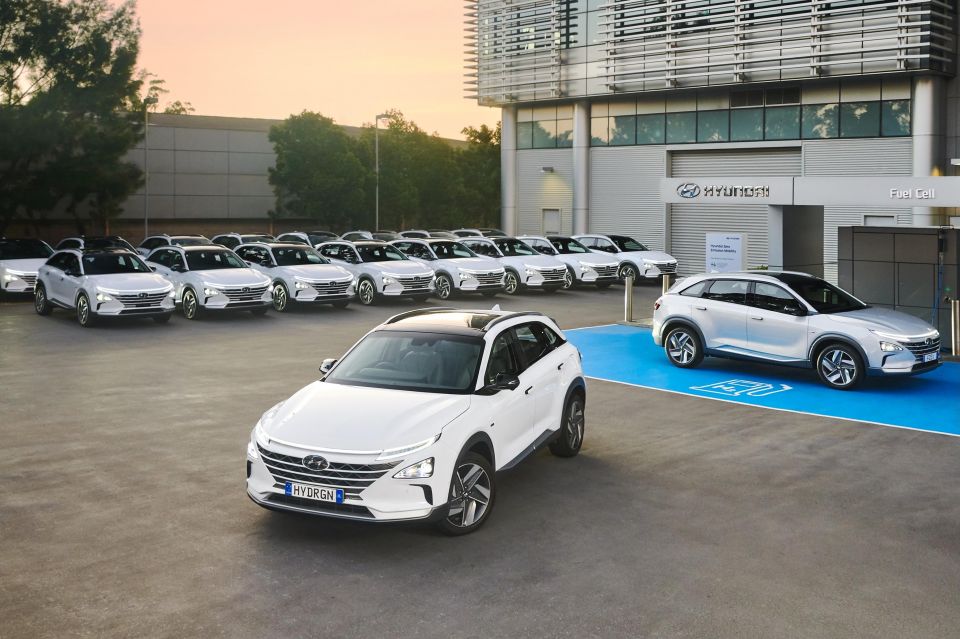
The more state-of-the-art new station will produce up to 20kg of hydrogen per day via an integrated electrolyser (a charge run through water to separate H2O into its constituents) as well as providing 700 bar refuelling capability, rather than 350.
The refueller will replace HMCA’s existing HQ station, operational since 2014, which has conducted fills of Hyundai and competitor (meaning Toyota) FCEVs and hydrogen forklifts.
MORE: 2021 Hyundai Nexo review
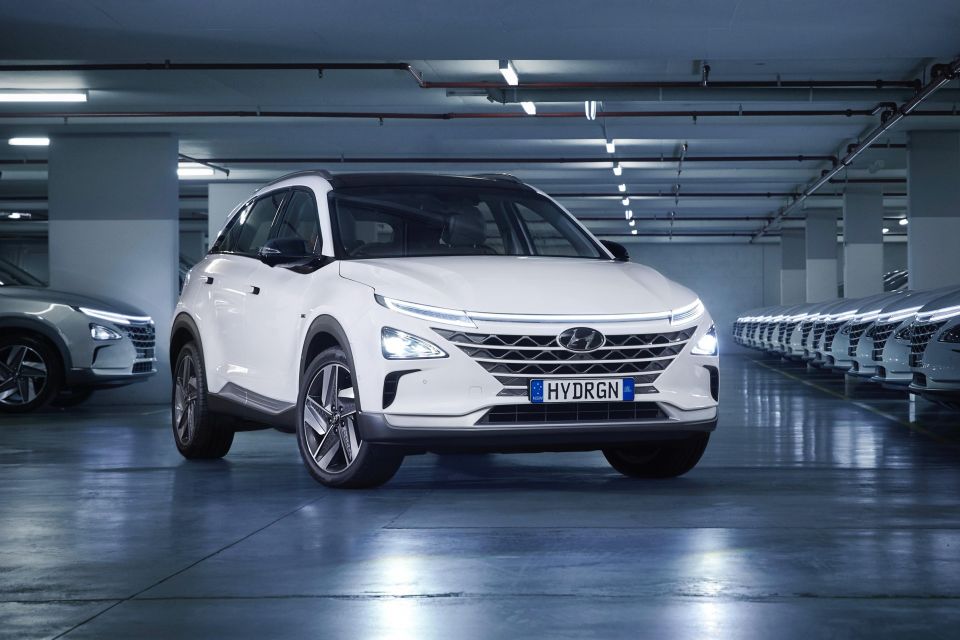
“The facility will enable Hyundai to support its expanding range of hydrogen fuel cell vehicles through faster refuelling and green hydrogen generated on site,” a Hyundai release claims.
“It will also enable the company to continue its activities showcasing the benefits of hydrogen mobility technologies to external stakeholders.”
At present Hyundai has 20 Nexos doing service with the ACT government and refuelled at a newly created electrolyser site on Canberra’s outskirts. There are also five Nexos performing police duties up in Queensland, and a few based in Sydney at Hyundai’s HQ.
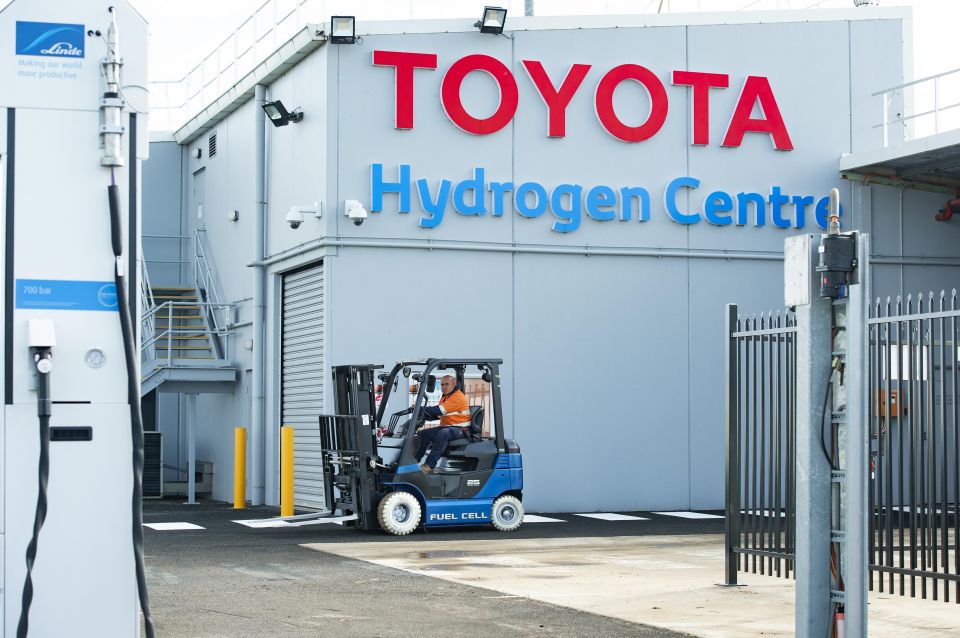
Hyundai Motor Australia says it anticipates “a growing market” for its hydrogen technologies, including passenger and commercial vehicles as well as stationary power applications.
“This investment forms part of Hyundai’s long-term commitment to a zero-emission future for Australia. Hydrogen fuel cell mobility is anticipated to play an integral role in the country’s transition to cleaner drivetrains and we intend to help lay the stepping stones toward making this vision a reality,” said new CEO Ted Lee.
For those not yet au fait with hydrogen FCEVs like the Nexo, they can work thus:

‘Green’ hydrogen made via renewably driven electrolysis is pumped at high pressures into onboard tanks, mixes with oxygen in a set of membranes, with the chemical reaction spinning the drive motor/s. The waste product from the tailpipe is purified water.
A Nexo can do more than 600km on its tanks and takes five minutes to refill – far quicker than charging a BEV battery even at 350kW. Downsides are a lack of infrastructure and the relative efficiency of converting green power into hydrogen – because hydrogen made from fossil fuels hardly fixes anything.
Want to brush up on hydrogen? Check out some of our recent stories on what Hyundai, Toyota and others are up to in this space at the links below.
MORE: Hyundai’s billion-dollar fuel-cell expansion detailed MORE: Hyundai’s hydrogen push, cost parity with EVs by 2030 MORE: Toyota Australia thinks hydrogen cars will soon be widely available MORE: Toyota Australia opens Hydrogen Centre, imports 20 new Mirai FCEVs MORE: Filling it up – Hydrogen MORE: Audi writes off hydrogen for cars and SUVs MORE: BMW ‘pushing forward’ on hydrogen fuel-cells, starting with X5
Take advantage of Australia's BIGGEST new car website to find a great deal on a Hyundai.


Max Davies
5 Days Ago
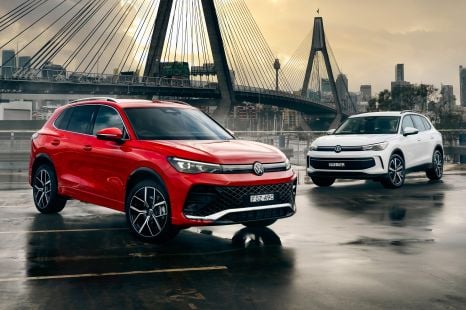

Max Davies
5 Days Ago


Josh Nevett
4 Days Ago
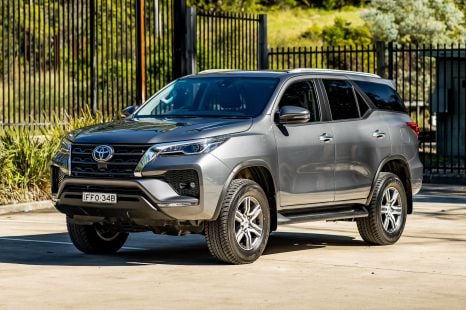

Matt Campbell
3 Days Ago


Angus MacKenzie
2 Days Ago
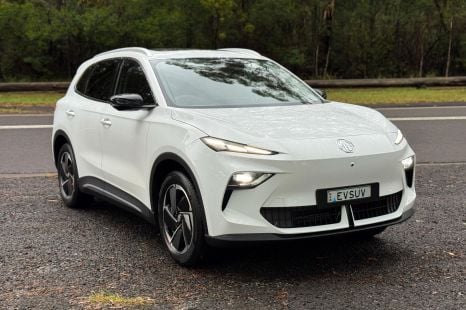

Matt Campbell
1 Day Ago